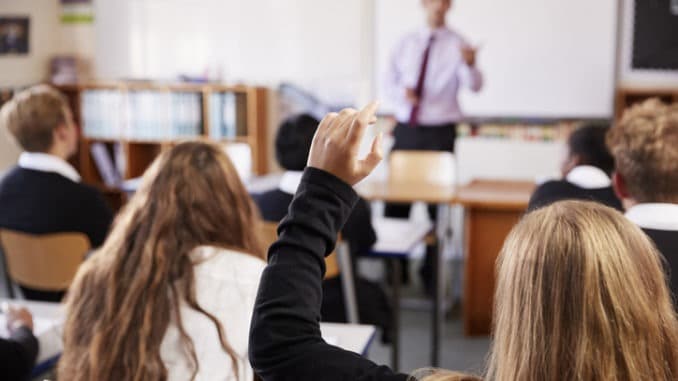
As reported by BBC news, around 1.2m children attended school in England last week, Department for Education (DfE) figures show
On 28 January, 15% of state school pupils were in class, up from 14% the week before, the data indicates. The rise was driven by an increase in the number of children attending class in primary and special schools, while numbers in secondary schools remained stable. Headteachers described the rise in demand for places as “worrying”.
Pupils in schools and colleges in England – except children of key workers and vulnerable pupils – have been told to learn remotely during the latest COVID-19 lockdown.
The DfE data shows more than a fifth (22%) of primary school pupils were on site last week – a rise on the week before, when 21% were in class. Attendance in special schools was 33% – up from 30% on 21 January. Around 70% – 850,000 – of the children in all schools last week were the children of key workers, up from 813,000 on 21 January.
Geoff Barton, general secretary of the Association of School and College Leaders, said: “It is worrying that demand for school places is obviously rising during the course of the lockdown.
“Schools are being placed in the very difficult position of much higher demand than in the first lockdown and no guidance from the government about how many children should be in school at any one time.
“Many schools are having to juggle in-school teaching for quite large numbers of pupils with remote education for everyone else.
“It is very difficult to square this with the government’s message to the public to stay home, protect the NHS, and save lives.”
Paul Whiteman, general secretary of school leaders’ union NAHT, said the figures were a “timely reminder that schools did not really close in the first place”.
Whiteman said the government should scrutinise the infection rates and transmission within the minority of schools and communities where significant numbers of pupils and parents continued to meet daily.
“Understanding the level of risk presented by higher numbers of pupils in school would appear key to planning for a safe and sustainable return to school for all pupils.”
The attendance figures came as a professor told the All-Party Group on Coronavirus that the current situation was having a “devastating impact” on children.
Professor Anthony Costello, of University College London’s Institute for Global Health said: “I think in terms of opening schools, it should be based on solid criteria of the risk from local community prevalence.
“In addition to all of that – even if we have to keep some schools shut longer than others – putting in place a proper plan to support all of the kids and all of the children who need access to online learning because I am in no doubt this is having a devastating impact on our children and we have got to do something to ameliorate that – whether we can open schools or not.”
The latest government figures also show that 51,676 laptops and tablets have been delivered or dispatched by the government to help with remote learning in the past week.
The DfE figures suggest that 365,268 devices have been sent to councils, academy trusts, schools and colleges across England since the lockdown began on 4 January.
It means a total of 927,689 laptops and tablets have been delivered or dispatched to support pupils to access remote education since the scheme to provide devices for children from disadvantaged backgrounds began.



Be the first to comment